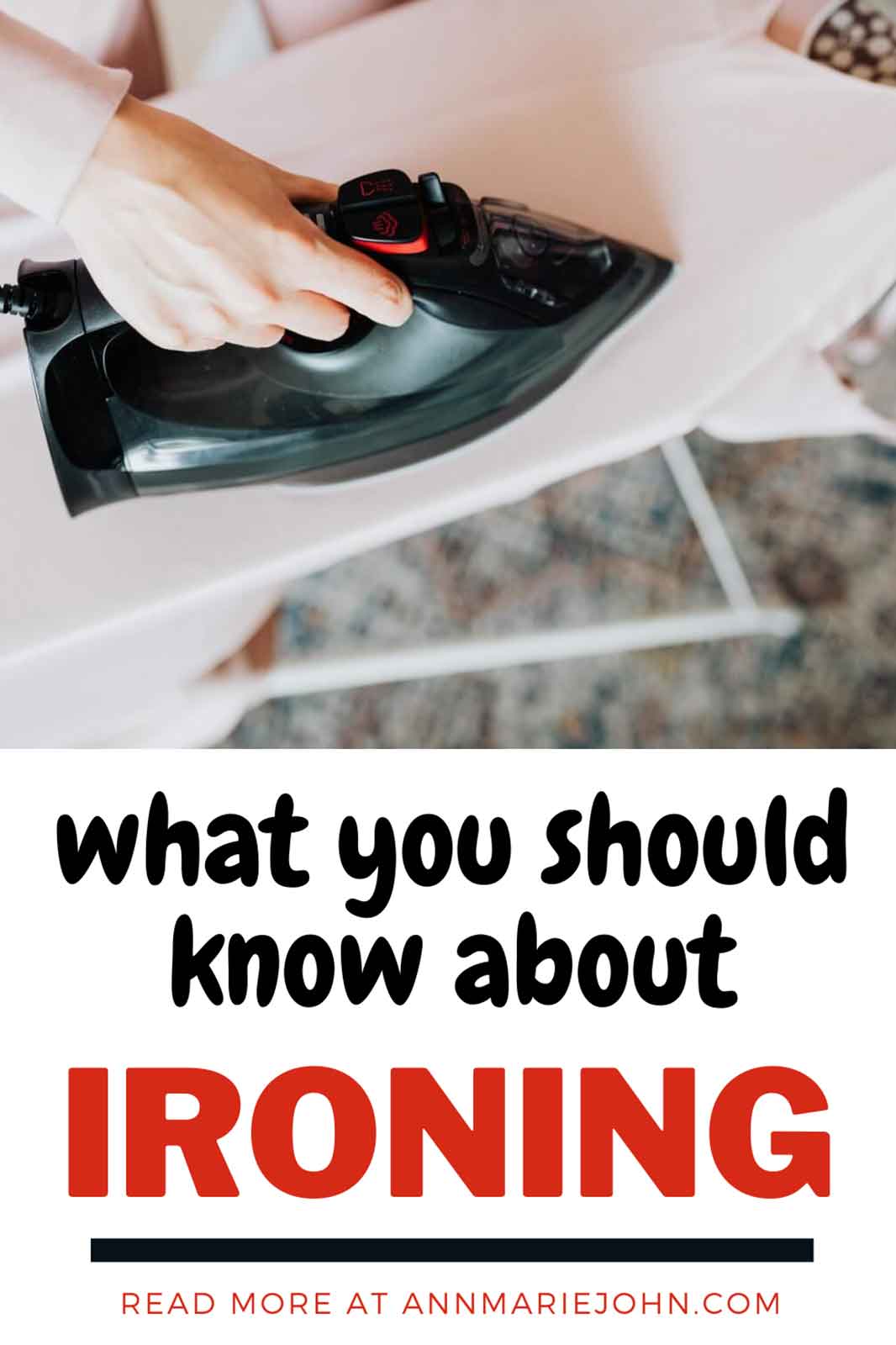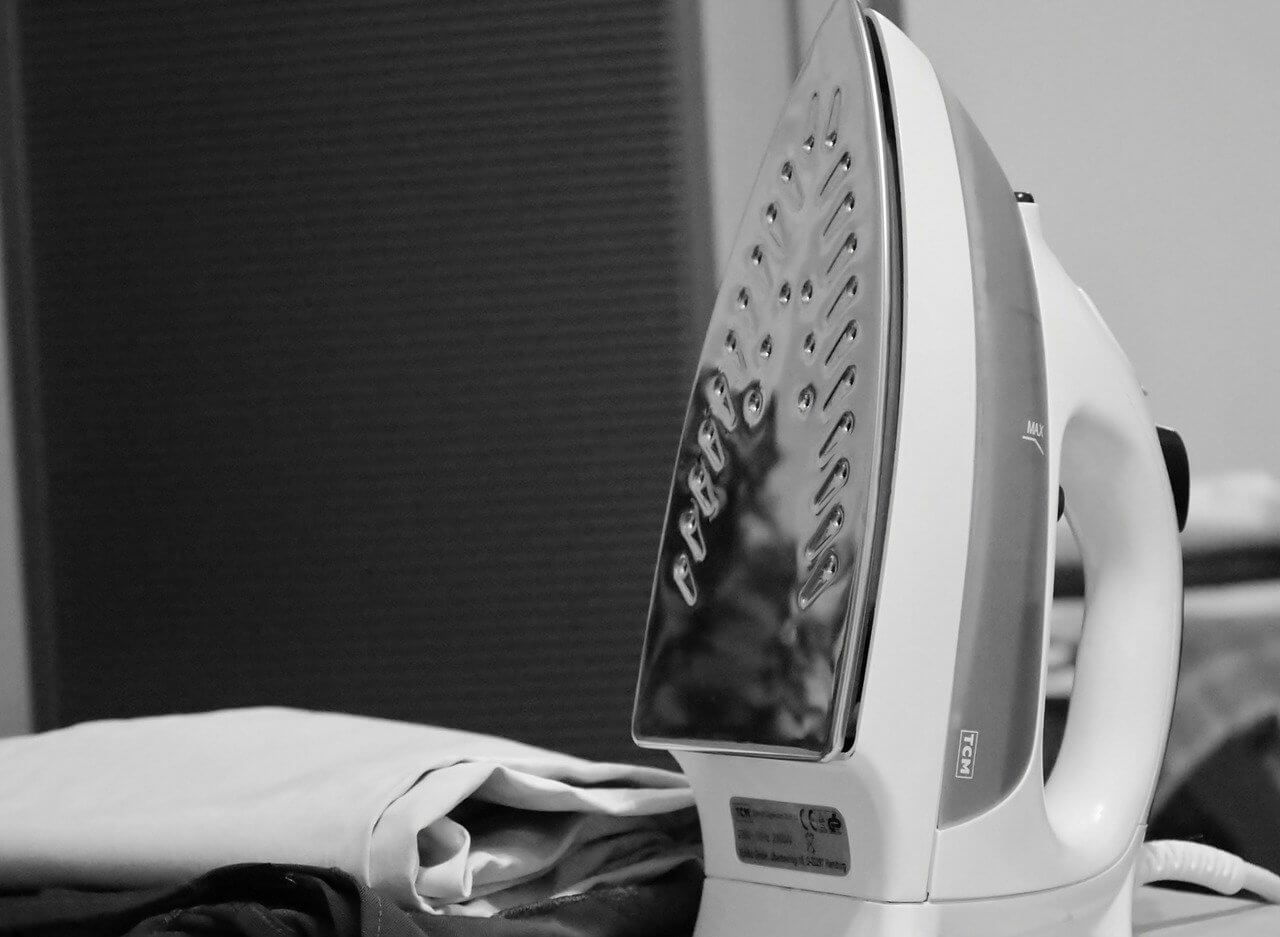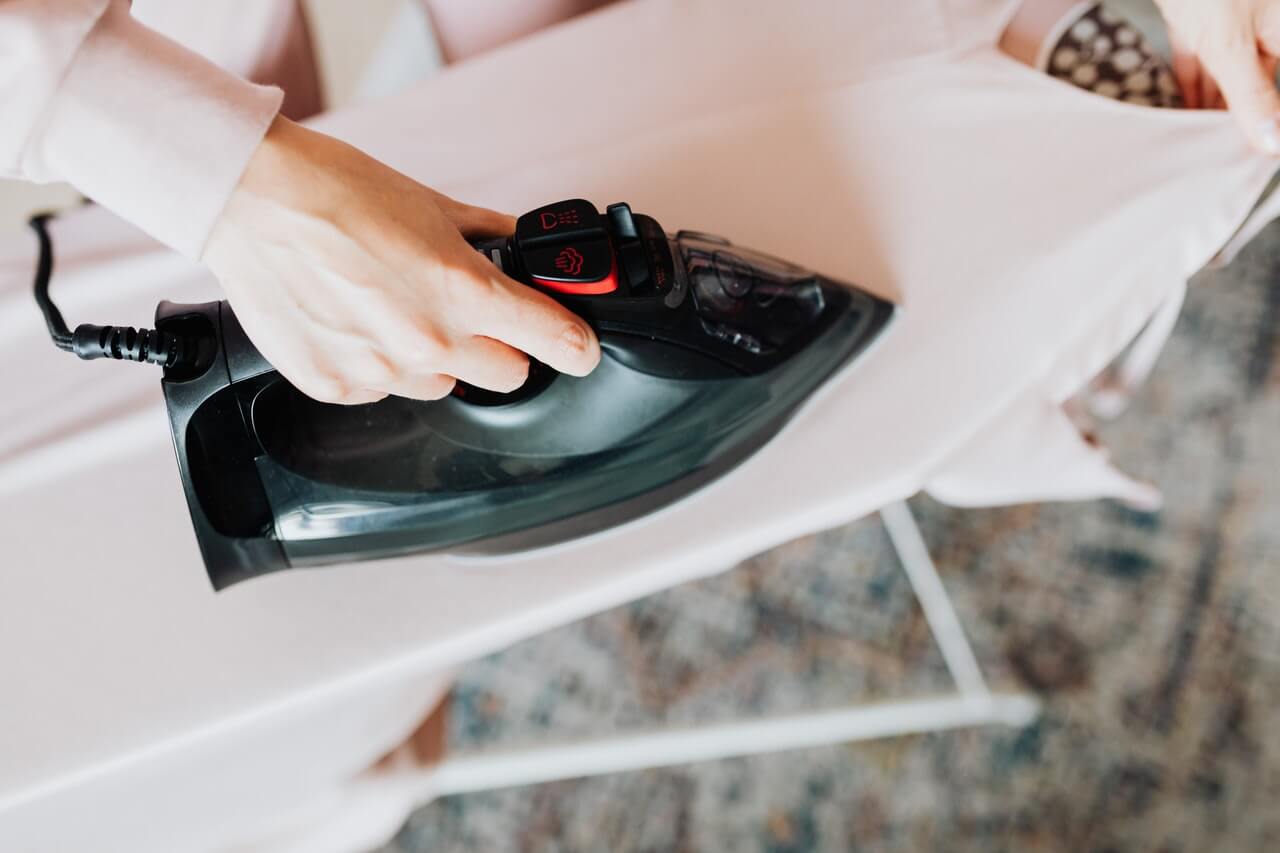
Contrary to popular belief, ironing clothes is not a simple or easy task; it is actually a tedious chore that most people would rather avoid. Ironing can become very frustrating if the right techniques are not followed. You might have to go over the same areas again to get them to look right, or you might accidentally burn your fingers while ironing your favorite shirt, not to mention burning or ruining some of your best clothes due to heat adjustment errors.
Ironing can certainly be difficult for some people. That is why in this article, we will walk you through the most important ironing tips and techniques that will help you avoid errors and get the best results.

CHOOSE THE RGHT TEMPERATURE FOR THE TYPE OF GARMENT
You will notice that different clothing items and fabrics will require different heat settings. This means that certain considerations need to be taken before ironing certain types of clothing. Some items will require very low heat, while other items, like cotton shirts, will tolerate high-temperature settings without developing scorch marks. Some pieces will even require you to use an extra pressing cloth to be put on the fabric while ironing it to protect it from heat damage. You will need to split your clothes into two groups, low-heat items, and high-heat items. For low-heat items like silk, polyester, synthetics, and other delicates, try to set your ironing heat to the lowest settings possible. Then you can gradually increase the heat while ironing the rest of your high-heat items, such as cotton garments.
SCORCH STAINS REMOVAL
Even while being careful and adjusting the heat, mistakes can still happen. People often burn their clothes while ironing or create scorch marks that might seem permanent at first. Fortunately, these marks can easily be removed with simple home remedies. To remove a scorch stain, use a clean cloth and dip in white vinegar, and wipe over the stain. You will just need to make sure you use a different part of the cloth every time you wipe over the stain to make sure that the cloth is clean and won’t spread the stain around. When you are finished wiping the stain with vinegar, you can then wash that part with cold water to get rid of any remaining smudging.

POSITIONING THE IRONING BOARD
Before plugging in your iron, you need to make sure you are ironing on a flat, straight surface that has no bends or bumps. The surface of your ironing board should be wrapped tightly with a durable cover that doesn’t leave room for dents because ironing on a bumpy surface can cause your clothes to have gaping creases or lines. Choosing an ironing board is almost like choosing a piece of furniture for your home, as the avid product reviewers from Home Cult explain; it has to match your needs and provide convenience. You should also look for ironing boards that are of a suitable height for you. Your ironing board should not make you bend or stoop in order to use it, as this can lead to back or joint pain.
CLEAN THE IRON PLATE
The worst thing you can do to your clothes is iron them with a dirty or stained iron. Before turning the iron on, check the base plate and look for stains; if possible, try it on a piece of cloth before you put it on your favorite clothes. If the plate is dirty, you will notice right away. If so, you can easily clean it by using baking soda and water and wiping the paste across the iron plate.
IRONING THE INSIDE OF THE GARMENTS
Sometimes, while ironing dark colored clothes, you will notice random shiny spots or white strokes caused by the iron. This is the heat damaging the garment or, sometimes, because of ironing on top of pockets. To avoid this, iron your clothes inside out to protect the visible surface of the items. You also need to make sure you turn the pockets of any clothing item inside out to avoid pressing over pocket outlines or bending the fabric.

Keeping your iron’s plate clean and using the right ironing board are the most important tips you can use when ironing your own clothes. To maintain the condition of some clothing items that might be too delicate to touch the iron plate, look for pressing cloth sheets that can act as a thin protective layer between your clothes and the hot iron to protect them from the heat. Make sure you also check the recommended heat adjustments for every piece of clothing before you iron it to avoid burning it.
